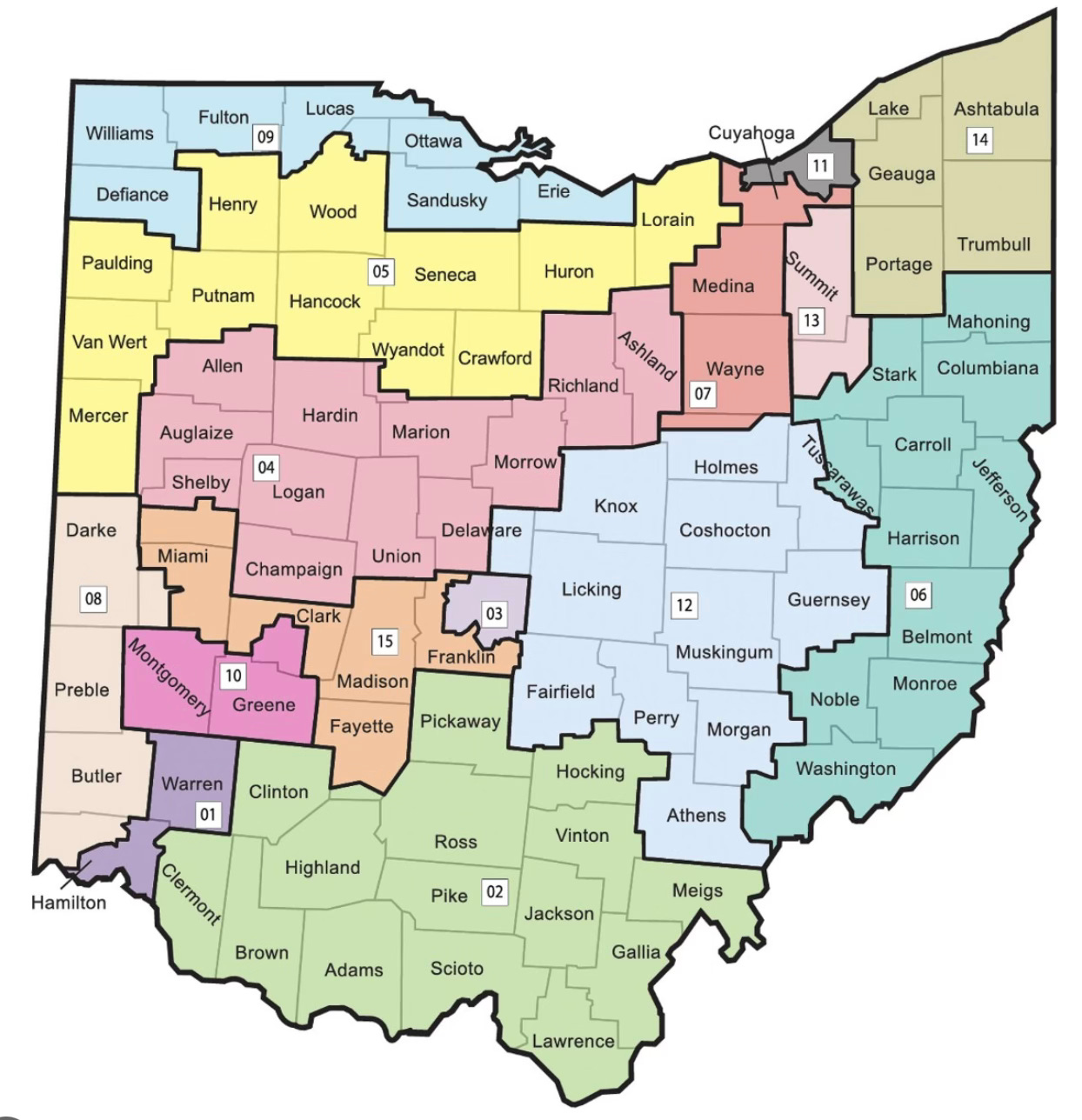Redistricting in Ohio: Prepping for Round 2
Gerrymandering in Texas and California in response to Trump; Buckeye state battle following the constitution
Keep reading with a 7-day free trial
Subscribe to StayTunedSandusky to keep reading this post and get 7 days of free access to the full post archives.

